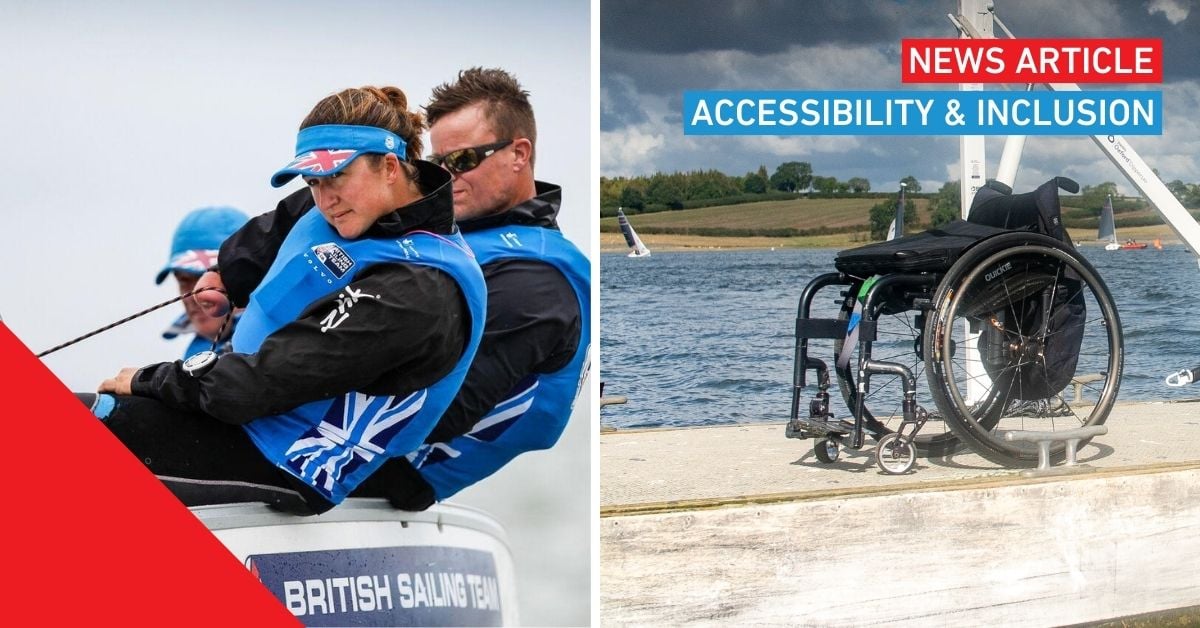Choosing a superyacht refit yard
Choosing a superyacht refit yard
Five industry experts featured in November’s The Superyacht Forum offer 10 important areas to consider when making critical decisions about which yard to select when planning your next refit.Last year’s edition of The Superyacht Forum included a workshop on conducting thorough due diligence on superyacht refit shipyards. Many lessons were shared, including the need to ask a lot of questions of any prospective yard and to start researching and planning several months before the intended maintenance window.
The panel comprised Dean Smith of Hampshire Marine, Michelle van der Merde of Pantaenius Monaco, Rob Papworth of MB92 Group, Anthony Galea of AG Advisory and workshop moderator, Alberto Perrone Da Zara of Sales Yacht Refit. Here we bring summaries of those 10 top topics.
Location
Choice of location is driven by several factors. There can be a preference to go back to the original construction yard for a significant refit. Responding to this, some Northern European shipyards have moved towards providing refit lifecycle support for their builds, to maintain contact with the owner and protect the reputation of the brand.
Conversely choosing a location also involves covering distance and that equals time and money. Repositioning up to Northern Europe from the Mediterranean may be tricky if you only have a month to do the refit.
Some refit yards in popular superyacht operating areas are aligning themselves with new build yards with the advantage of the refit team being able to get specific information about the original construction. This is particularly valuable if the vessel has passed through the hands of more than one owner and crew since it was launched.
The crew may have a say in where they prefer the refit to happen. After a long summer away, they may prefer to have a location closer to home so they can see their families. Connectivity and accessibility might be a priority. Other potential preferences include places with a pleasant environment, away from heavy commercial areas and with better weather to help keep the ship clean and available for outdoor work if not in a shed.
There has been a trend to tempt superyachts into alternate regions that suit owners who like to explore somewhere different, such as the waters around Scandinavia.
VAT is another consideration. The chosen country for the refit work may make tax reimbursement difficult or impossible for foreign flagged ships, adding a substantial percentage to the bill, or leading to legal and accounting recovery costs. Forward planning in terms of location and the country of origin for key suppliers is essential if there are to be no surprises.
Facilities
Some factors regarding facilities are self-selecting, such as whether the yard has the capacity to do the work at the time required, the right quay space, lifting capacity, suitable hardstanding or shed facilities.Beyond that you should look at the investment a yard has made in its own business. Nice offices are impressive but also pay attention to the tools, machinery and workspaces that are available to do undertake the refit.
Investments made by a yard in its business correlate closely with safety and efficiency. Selecting a yard that has new equipment and the people that know how to use it safely, within tidy spaces, will often lead to a better result.
Look for evidence of health and safety plans and risk assessments — it’s better to understand how the yard works upfront than to ask these questions after you are committed, only to discover it is impossible to obtain suitable insurance for proposed works.
It’s also good to check a yard’s environmental practices. This includes obvious things like waste disposal facilities and how they work with materials, but also how they integrate with the local environment.
Another consideration is crew facilities. Some yards may offer the use of swimming pools and tennis courts. But as you look around it’s also important to check the basics, like how clean the kitchen is.
Unless you already know a facility well a thorough site visit is essential before committing to a contract. Look in every corner of the yard and ask a lot of questions.
Reputation
The track record of a yard is more important than location or price.
Ask how many projects the yard has done to a similar scale and type of work. How many clients have returned as repeat customers? What is the yard’s health and safety record? Were projects finished to time and budget? This is precisely the kind of information any insurer will want to know as well.
Beware publicity about work that has been done in the past – it might be exaggerated. Pictures of a series of yachts on a website are not evidence. Investigate the track record of a yard carefully and ensure the vessels that they claim to have refitted were in their full care and not perhaps a subcontract project for a single employee or the owner of the business.
A good yard should always try to work constructively with the captain, crew, owner’s representatives and anyone else involved in the project to create a collaborative team effort and enhance its reputation. Try to get objective data and multiple references – not just one person’s opinion (which might be misleadingly more negative or positive than the actual experience). The complex nature of refits means there will always be some difficulties; people will hear stories and might repeat those accounts with embellishments that inaccurately represent what occurred.
Price
Caution should be exercised if choosing a refit yard solely on price. Ask yourself what corners might have been cut in terms of infrastructure investment, facilities, health and safety, environment and the yard team to achieve a notably lower cost for the same work before committing.
Financial stability
Any company will say it is stable when pitching for work, so it is important to uncover the true financial health of a refit yard. A balance sheet can be made to look healthy even in a struggling business. You must obtain evidence of solvency and the ability of the yard to maintain its cash flow, particularly over a long refit cycle spanning several months or more. That information is rarely available publicly, so you must investigate directly with the yards.
Payment terms will provide a further idea of the yard’s financial strength. Are the standard or specific contractual terms acceptable or unfairly front-end loaded?
Project team
Examine who will be in the team that is assigned to you. How many people and what are their specialist skills? Will these individuals be exclusive to you, or split across multiple concurrent projects? Will their personalities be a good fit with those responsible for managing and crewing the superyacht?
Contract
The contract should be clean and easily understood by all parties.
Many of the larger refit yards now use the standard ICOMIA Superyacht Refit Contract. Others may offer their own legal wording, or a contract based on commercial shipbuilding terms.
Whatever is on the table, look in detail at what is being proposed and ensure clarity around areas that can get problematic, such as VAT, how invoices are issued, acceptance and warranty. Consider all the clauses and then negotiate any required changes well ahead of a deadline for the superyacht to dock and commence work. Of course, if all the other work in selecting the yard is done well, you will never need to look at the contract again – it’s there primarily to protect if things go wrong.
The owner’s representative should also get the captain and crew involved early on, so they understand what is being signed up to. There can be a gap between what the yard understands it is due to deliver versus the expectation of what comprises successful acceptance. Refinement of contract clauses by harnessing the input of all involved.
Insurance
Refits will typically involve builder’s risk insurance and/or hull insurance, depending on the refit. Insurers will be interested in several facets regarding the yard such as reputation, location (including governing law), contract, the length and extent of the refit and whether there will be any hot works.
If the insurance company is expected to agree to a rights of subrogation waiver, then it will want to know about the yard, which contract is being used and to see evidence of the yard’s liability insurance.
Sometimes the superyacht’s insurance company will be asked to top-up the shipyard’s insurance policy, to ensure the vessel’s value is adequately covered. This, or hull insurance carrying the whole risk, may be essential if the superyacht’s value far exceeds the yard’s own cover.
For significant refits the insurer may request a JH143 Shipyard Risk Assessment (defined by the Joint Hull committee at Lloyd’s) to provide underwriters with a thorough understanding of the risks they are insuring.
The superyacht owner also needs to be aware of what his own liabilities are if he is getting his own subcontractors or project managers, or the crew are working on the project. Many claims that come through in this area are because of personal accidents to crew and owner engaged third parties in the yard. The insurance provider or broker should provide advice on how to ensure adequate cover.
It has been known for insurance companies to be contacted the Friday before the Monday in which a superyacht enters a refit yard, which is not a good scenario. People often underestimate the time involved in establishing the correct policies, so the earlier that insurance is researched and planned, the better. Responses and the time taken to establish cover may vary greatly from, say, a short refit with no hot works in an established Northern European yard, to a long refit with hot works in a less well-known yard and location.
Safety conditions
When talking safety, focus naturally falls on whether there will be any hot works (such as welding and grinding). However, incidents often occur through very innocuous things, such as a bottle of solvent left in somebody’s toolbox, an exotherm from mixed epoxy or an overheat on a portable charger for a battery tool. If the equipment belongs to a third-party contractor, rather than the yard, the resultant issues are complex.
Look carefully for evidence of sound and well managed safety policies and practices, as well as adherence to all relevant laws.
Warranty
Whatever the refit yard chosen, the complexity of the work and scale of the project means things can go wrong. How this gets dealt with should be covered in the contract, but irrespective of what has been promised legally, the true test will be how the yard’s team responds if you hit an issue.How does the yard handle warranty claims – through the original refit team or with a dedicated after sales department? What will happen if the superyacht is a long way from the refit yard – will it fly someone out to fix the failure or expect OEM’s support network? Can you get references from other owners or captains regarding the yard’s approach to any problems they encountered?
The captain and crew need to know how to seek help and what the terms of the warranty are. There may be clauses in the contract that require defects to be notified within a tight timescale. Any attempt by the crew to engineer a fix may breach the warranty. All these things need to be understood ahead of committing to the refit to ensure the terms are acceptable once the superyacht re-enters time-critical operational use.




